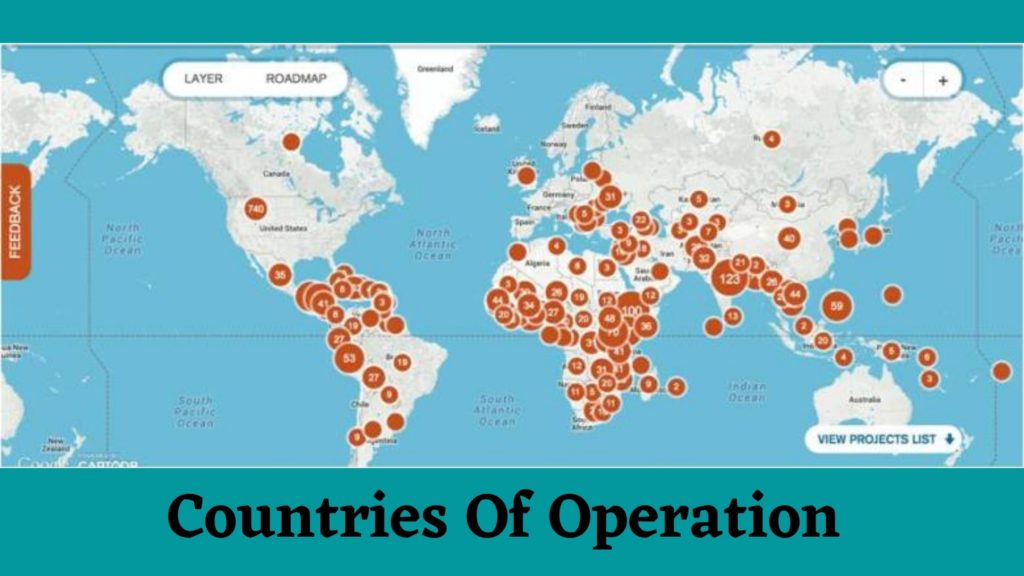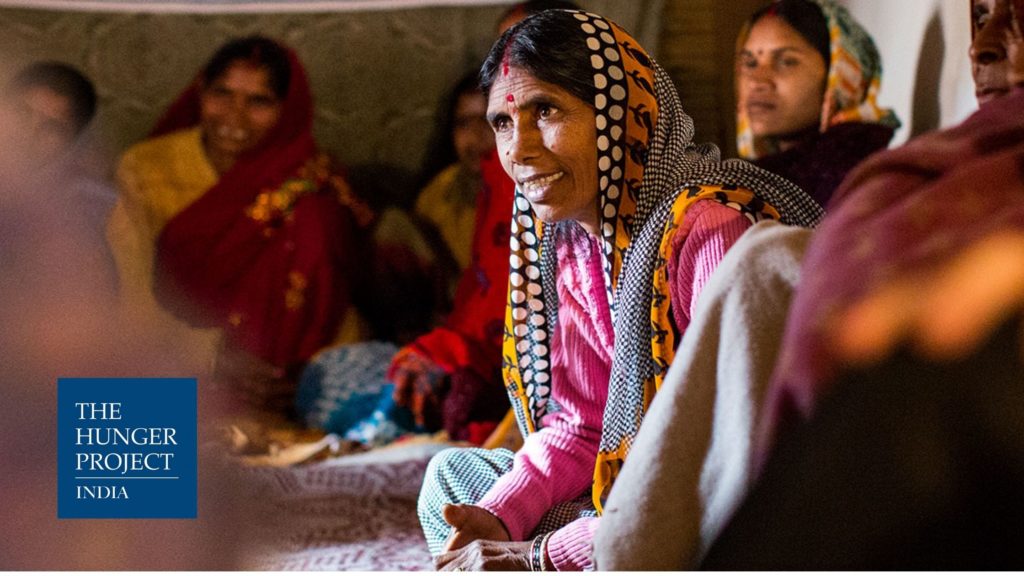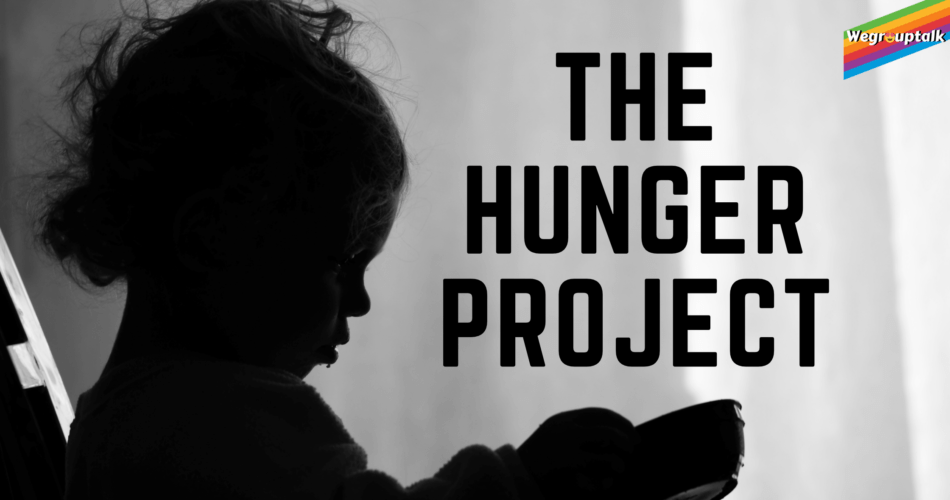Hunger is not just eating something and pleasing our stomach; it’s a lot more. Every night we sleep peacefully after having a delectable meal, we often forget that there are millions of children out there in the world still hungry. We sometimes get shocked by just the idea of staying hungry, but millions of people cannot arrange a meal for one time a day. So is there anything we can do for these people? Let’s find out in the article further!
What is this The Hunger Project?
The Hunger Project, or THP, is an organization that aims to end the world hunger. Founded in 1977 it is a non-profit charitable organization. Werner Erhard, Robert W. Fuller and John Denver collectively founded this organization. It started as a strategic organization, but it has reinvented itself to eradicate hunger and presided by Suzanne Mayo Frindt it employees only 118 people. Its headquarters are located in New York (United States Of America). Being composed of just a few people, this organization has a huge world impact.
Science Behind Hunger
When our body burns up the digested food, our body’s insulin and blood sugar levels drop, in response to this, our body releases a hormone called Ghrelin. Ghrelin sends a message to the hypothalamus located in our brain. The hypothalamus regulates our basic body functions such as thirst, sleep and sex drive. After receiving the message from Ghrelin, it releases a hormone Neuropeptide Y, which stimulates our appetites.
When we start eating another process begins in our body that counters hunger. Our fat tissues release the hormone leptin. Leptin turns up the production of proopiomelanocortin, an appetite suppressant. Alongside leptin turns down the production of neuropeptide y. The hypothalamus keeps an eye on our insulin and blood sugar levels, to ensure that we have eaten enough. All this process takes some time that is why we feel uncomfortable after having a large meal.
Darkside of Hunger
According to data, around 9 million people die due to hunger or hunger-related diseases every year. This figure is more than from malaria, tuberculosis and AIDS combined. It is approximated that a child dies every 10 seconds around the world. More than 50% of these children are below the age of five; they die due to the lack of basic nutrients in their body. The reports also say that 822 million people suffer from undernourishment globally.
Out of these 822 million people, 113 million faces acute hunger, it means they urgently need food and water. One out nine people go to bed hungry every day around the world. Out of the total world population, 24% live in food insecurity, and 9% live in the areas of severe food insecurity. The African continent is most affected by this problem, with almost 20% population unable to feed themselves. In parts of eastern and southern Africa, nearly 30% of the population lacks food security.

Factors Leading To Global Hunger
- Poverty: It is the leading cause of hunger around the world. No matter rich or poor, urban or rural poverty strikes everywhere. Smallholder farmers in developing countries are the worst victims of poverty and hunger; they do not have sufficient land to grow crops for themselves, nor do they have enough money to buy food.
- Climate Change: It is the biggest threat to poverty, damaging food and water this villain’s wraith is growing day by day. The developed countries are most vulnerable to this, even though they have the least participation in changing the climate. By the end of this century, our population will hit 9 billion and with deteriorating weather, feeding 9 billion people will be the biggest challenge to humanity.
“For the world’s hungry and undernourished people, climate change is an increasingly relevant threat multiplier”.
Global Hunger Index
- Food Shortages And Waste: Every year, roughly one-third of the world food worth 1 trillion dollars. According to the U.N. Food And Agricultural Organization (FAO), this much amount of food is enough to feed 2 billion people, twice the number of undernourished people worldwide. If wasted food were a country, it would be the third-largest producer of Carbon Dioxide in the world, after the U.S. and China. The waste of food by consumers in rich countries is almost equivalent to Sub- Saharan Africa’s net food production.
Other factors leading to hunger are Job Instability, Poor Infrastructure, War and Conflict, Discrimination, Nutritional Quality, Unstable Markets. We humans must tackle these as soon as possible to avoid any further harm.
How The Hunger Project Works?
The Hunger Project starts from the grassroots level starting from women. As they connect with more people, they start to mobilize communities, further engaging with governments to meed the required demands. The THP has nearly 16 million people in more than 13,000 communities worldwide. Depending upon the situation and surroundings, THP makes specific strategies to rely upon.
Counties Of Operation
THP operates in a lot of countries. These include African countries like Benin, Burkina Faso, Ethiopia, Ghana, Malawi, Mozambique, Senegal and Uganda; South Asian countries like Bangladesh and India; Latin American countries like Peru and Mexico, where The Hunger Project partners with the Center for Indigenous Peoples’ Cultures of Peru or Chirapaq. It also has offices in Canada, Australia, Germany, Japan, the Netherlands, New Zealand, Sweden, Switzerland, and the United Kingdom.

Actions Of THP
- In African countries, The Hunger Project uses ‘Epicenter Strategy’ in which it organizes clusters of 10 to 15 villages to construct community centres, partner with local government agencies and community-based organizations, and establish and manage their programs for improved agriculture, microfinance, food-processing, income-generation, food security, adult literacy, and primary health-care especially including the prevention of HIV/AIDS.
- In Uganda, The Hunger Project (THP) has employed specific measures to facilitate mobilization and capital growth; it has also created partnerships to alleviate food and health issues. In 2009 The Hunger Project implemented the Microfinance program to improve food security and reduce poverty. This program includes training, savings, and credit; Enabling the targeted poor, who have historically lacked access to banking and related services, to receive small loans for income-generating activities.
- In India, The Hunger Project has facilitated the mobilization and training of elected women panchayat leaders.
- In Bangladesh, The Hunger Project has conducted specific training programs focusing on gender equality and leadership for local leaders who organize local meetings, lead workshops, and initiate campaigns against early marriage and dowry, maternal and child mortality, malnutrition, gender discrimination and inequality, illiteracy, and corruption.
- In Latin American countries, The Hunger Project is working with communities to overcome economic marginalization, particularly indigenous women.
A Real Example
Out of millions of people, THP has helped, Rajkumari Kevat is one of them. She is a second-term Panch, or ward member, from the Gujred Panchayat (village) in Madhya Pradesh, a central India state. She represents and is committed to improving the lives of over one thousand individuals in her role as a ward member.
Here The Hunger Project journey started in 2015 when she attended a Women’s Leadership Workshop organized by The Hunger Project-India and community partners. There she described her frustration with being unable to achieve total sanitation coverage for her community during her first term — administrative delays had held up approval for her plan to construct toilets. Determined to achieve what she sought and empowered with new tools and skills that she obtained from the workshop, Rajkumari successfully ran for re-election. It immediately made an action plan to begin construction on the toilets.

Finally, she persuaded council members during the Gram Sabha, a village council meeting, to ratify her plan. She began educating her community members on the importance of proper sanitation and its positive impacts on health. She had to convince the village members without toilets to get one in their homes. She also aware people with the usage and the importance of their new bathrooms.
She faced another problem in her mission when she was unable to raise funds. She made several visits to administrative offices and continued pressuring officials to release the funds while monitoring construction work. In the end, and she was able to construct 306 toilets for 1,206 people. Finally, her hard work paid off.
How To Be A Part Of The Hunger Project
The Hunger Project is a community-based organization. The more people it will have, the more impactful it will be. We can donate to The Hunger Project to help them. If you are a student, you can organize fundraising events in your school or college. We can also help The Hunger Project by selling items having a The Hunger Project label or hunger facts.
The Hunger Project runs a youth program – FeelGood, in which devoted university students to transform their experience from college into a time of global action. They grow their business, teamwork and leadership skills while running a successful social enterprise to raise funds and build public support for ending hunger and poverty. The Hunger Project also organizes community events around the world where we can join this noble cause.
So let’s come together and eradicate hunger and make this world a better place.
Follow us FACEBOOK, INSTAGRAM and TWITTER to stay connected with us.
ALSO, READ- Why Hunger is still a problem?




